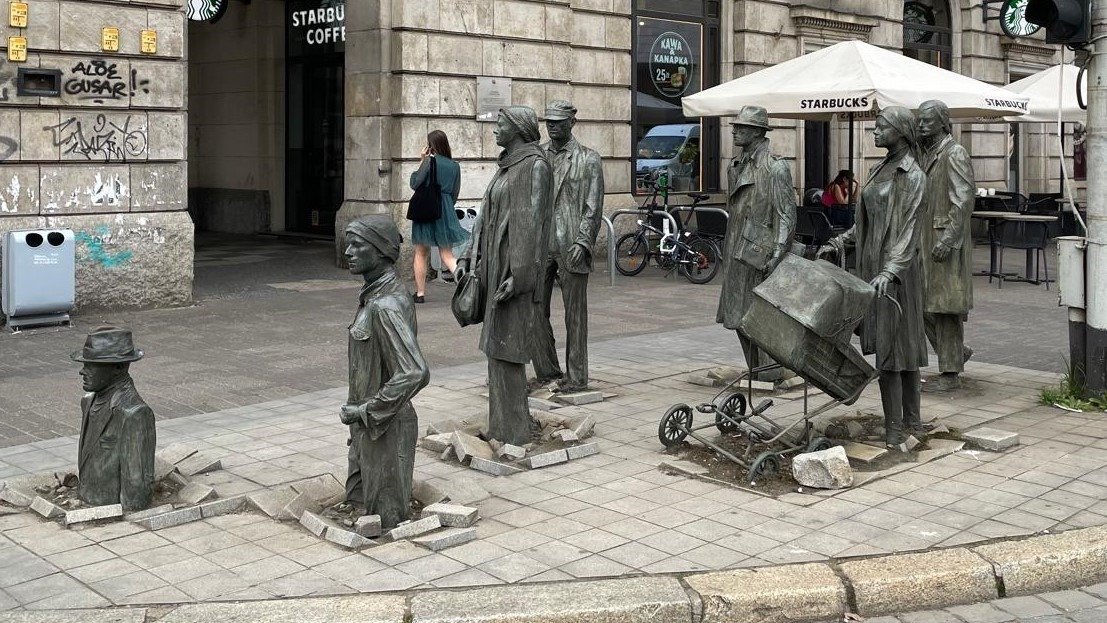
We have invited you to visit Germany and its cities on many occasions, we have told you about its history, idiosyncrasies, curiosities and anecdotes of this society. But if all that still has not been enough for you, we want to show you a bit of the extensive musical history of this country, of the main artists and exponents of the urban and industrial movements that coexist and, through them, you will be able to continue discovering much more about this culture… and maybe, who knows, many of these suggestions will end up on your playlist (or maybe they already are?). Let’s see… or rather let’s listen!
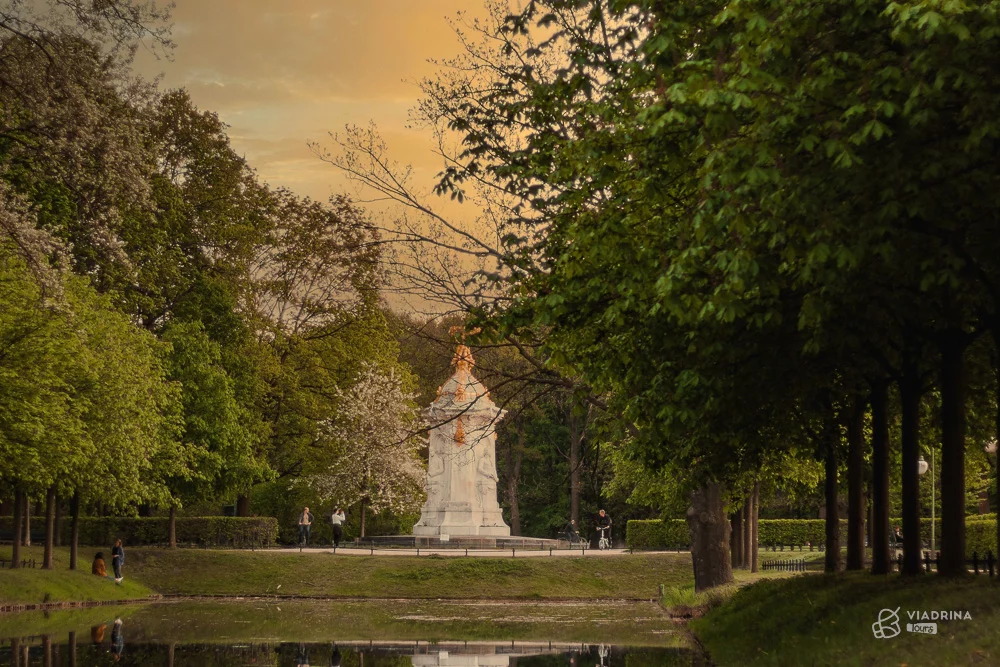
We have already told you in our post 20 curious facts about Germany (First Part), about the tradition of classical music in Germany and how this phrase has been coined since the 19th century to attribute the greatest contribution and preponderance within the music scene. world classic of:
We won’t even try to point to the scrolls of these artists, because surely in this article we fall short of everything we could talk about and for that we would need too much space.
On the other hand, despite the fact that we could indicate that it is not really contemporary music, we cannot ignore its contribution to current music and that basically this music is tremendously timeless, there is probably no music studio in Germany that does not take note of its outstanding artists of the century. XVIII and XIX.
So, here are some classics for your moments of relaxation, meditation or concentration… or simply to enjoy.

This scene of German music is one of the best known today, it emerged at the end of the 1960s at a time when the former German Democratic Republic (GDR) and the German Federal Republic (FRG) still coexisted side by side. there the diversity of sounds that we associate with this genre that is characterized by the use of a synthesizer and, on the other hand, its lyrics protest and demand freedom and change in periods of harsh repression.
In addition, this genre strongly influences the emergence of various later forms of more progressive rock and also the well-known electronic and house scene.
In this area, the subgenres of Krautrock (from the west side), Ostrock (from the east side), Punkrock, and Mainstream Rock are very well known and, within these subgenres, the following bands are a classic in all their lyrics in this country :
This is another of the German export genres and with the greatest connotation in recent times, its bands are among the most recognized locally and worldwide. Despite the fact that it emerged in the 1980s, without a doubt it was with the subgenre called the “New German Toughness” that it reached its peak in the following decade:
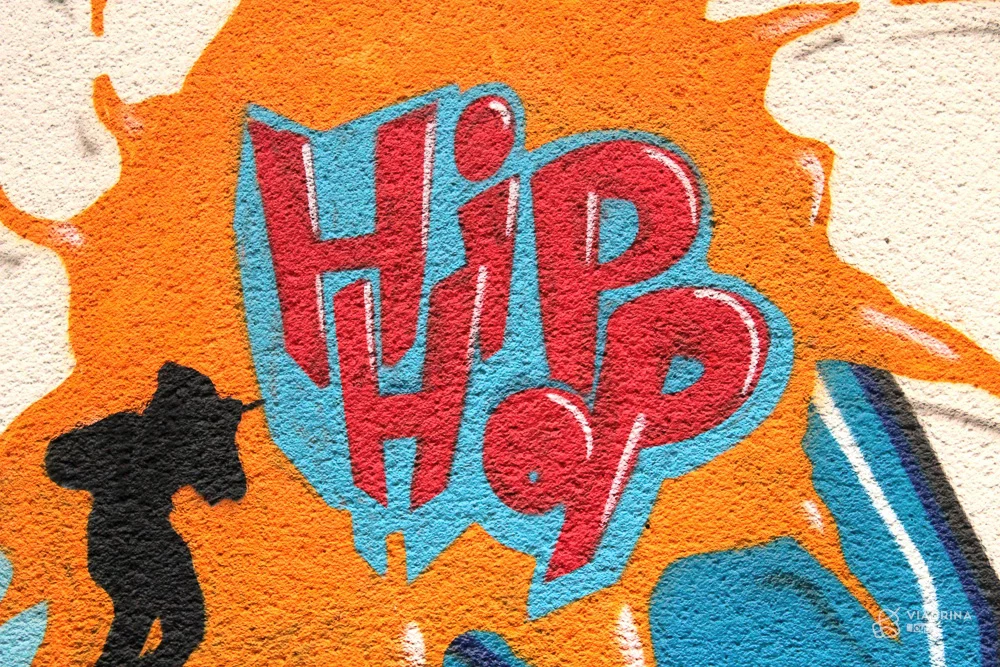
Hip hop or rap is breathed in the streets, among the youth and in the parks, it is not difficult to walk listening to the freestyle that has had a great impact on society from the 1990s onwards. As in almost all parts of the world, the lyrics reflect the feelings, uncertainty, frustration and social response of different groups, mainly borders or marginalized, whether due to social or migratory issues. Our favorites are:

This is probably one of the most experimental sounds and the greatest freedom is allowed to interact with other sounds such as disco, house, euro disco or techno itself, using electric sounds with generators and speakers is a common rhythm of local parties and from day to day. Of course, this sound goes hand in hand with its interesting aesthetic proposal, which is reflected in the lights, the scenery, the audiovisual projections, the costumes, among others.
Among our favorites we highlight:
Likewise, in this scene we cannot fail to mention the same influence that bands like Kraftwerk or Tangerine Dream have had, which we already mentioned in the rock section, but which we bring back to comments due to the impact they have had on German culture in their more diverse musical styles.
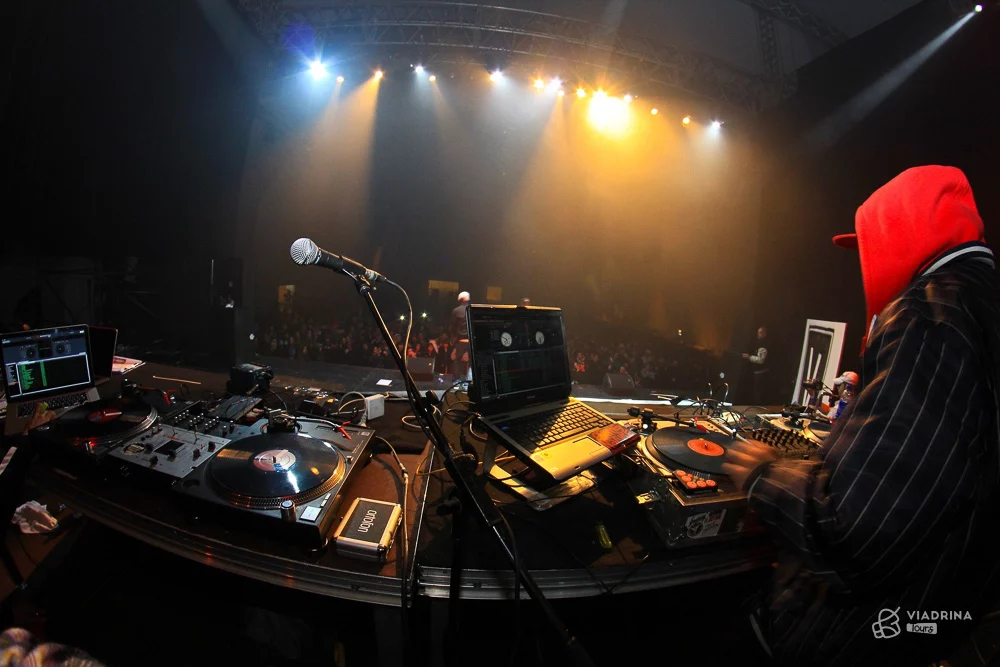
At this point, once again we have to go back to Techno, which we already mentioned in the post 5 clubs to visit in Berlin.
Techno certainly wasn’t created in Germany, but it’s where it’s had its heyday, and it seems obvious with the combination of circumstances that occurred in the late 80s and early 90s in Berlin and, in Germany in general. If we think back to the time of German reunification, about a third of the population of the former German Democratic Republic (GDR) left their homes to move west of the city, to what is now the new German Federal Republic (FRG), encouraged by the new opportunities, which unfortunately did not come as quickly as thought. In this way, many empty places were left for the “squatter” culture of these homes to spread in the city and techno parties (Partys) could be held there, where the young people of the time, finally dissatisfied with the lack of opportunities, felt Welcomed by this atmosphere that would be a distraction from real life.
We will leave you some of our favorite techno tracks, their most danceable, hard or industrial electronic sounds, for various options with artists/DJs/Producers such as:
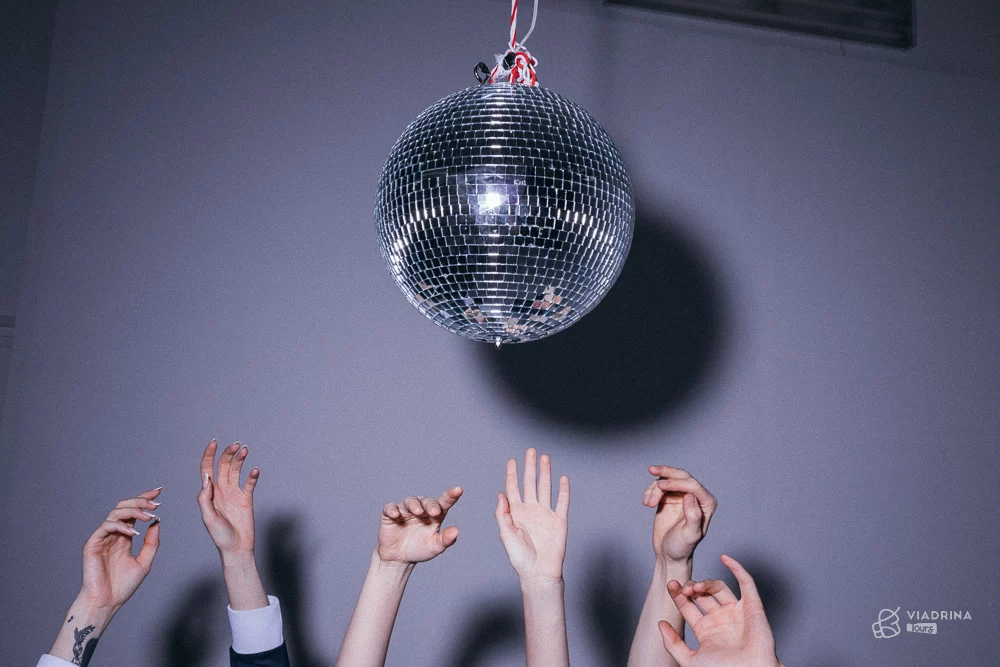
Finally, with all the variety of musical styles, it is not surprising that the pop industry also has a significant presence in Germany and that there are exponents of international fame. We will mention the two most recent arrivals:
We have left you an interesting and eclectic list of German hit songs, many are surely in your head and others perhaps not, but we invite you to listen to them and let yourself be surprised by the great variety of styles and the great local exponents. Music really lives day by day and almost anywhere you visit, of course in our tours, we invite you to learn and enjoy much more and everything that this country offers you, where we will delve much deeper into its idiosyncrasies and culture.

This is the second part of our article 20 fun facts about Germany (Part One).
In this article we tell you some of the most interesting facts about Christmas in Germany. Ready?
In this post, we will present the biggest parties, festivals and carnivals in Germany. Let’s get to know them all!